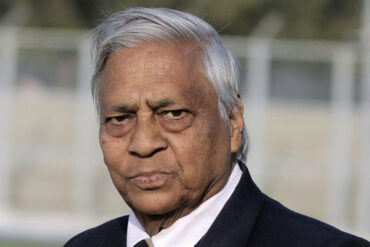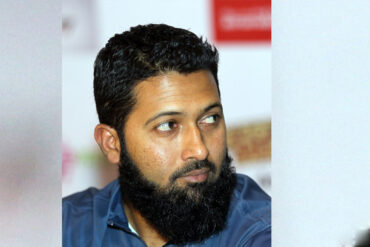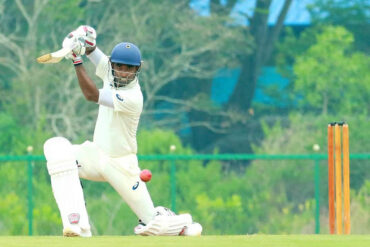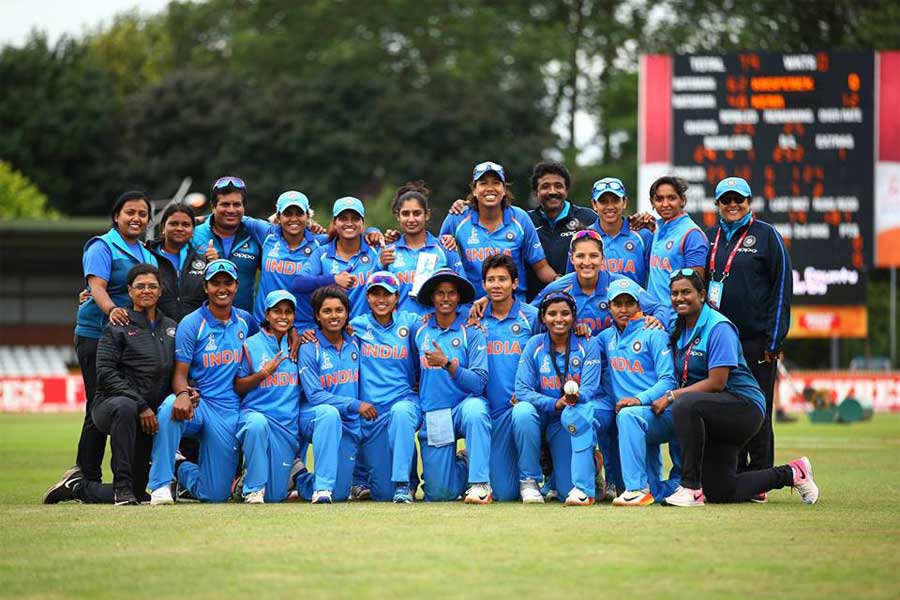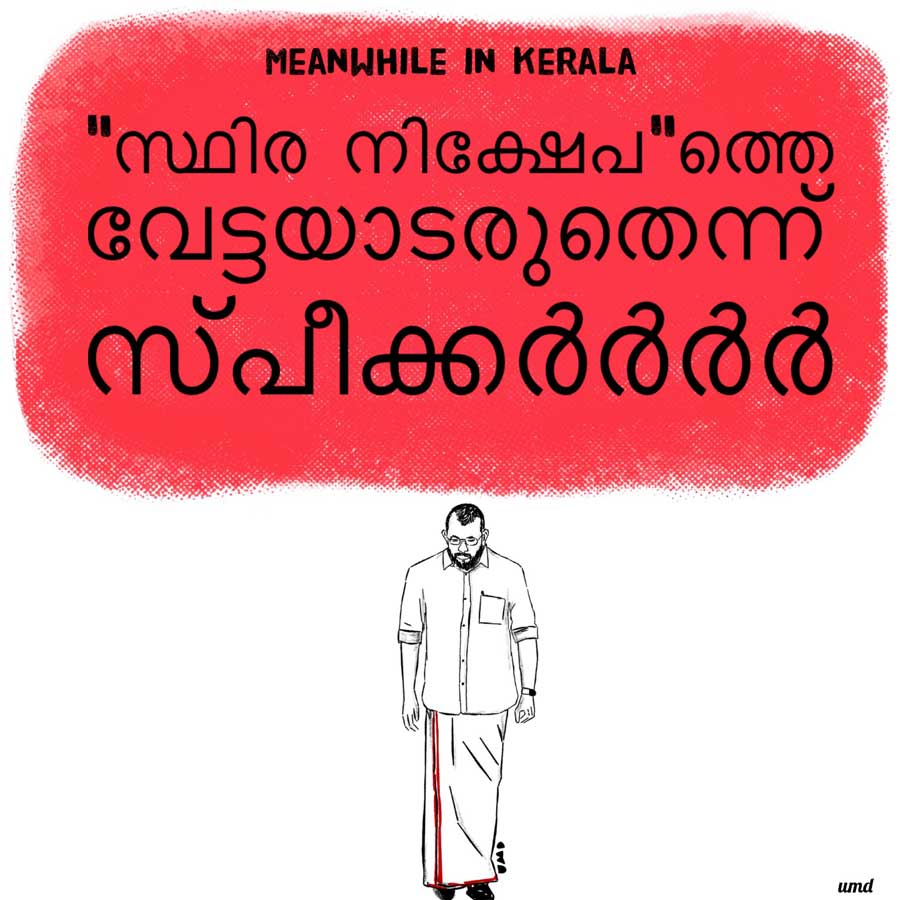The Indian Women’s Cricket Team had its breakthrough moment in the ODI World Cup in 2017 when they lost the final at Lord’s narrowly to England. A respectable outing in last year’s T20 World Cup followed, and the changing perception towards Indian eves was evident. The onus is now on the team to seize the moment.
Unless they perform consistently, they risk losing the following and goodwill they have earned in the interim. Thus, the performance of the team in the next few months leading up to the T20 World Cup Down Under will be significant, setting the course for the future of women’s cricket in India.
The Indian Women’s Cricket Team is gearing up to face South Africa for a five-match T20I series at home beginning Tuesday. After their semi-final showing at last year’s event in West Indies, India have not tasted any success in the format, losing all six games that they have played since then. While their ODI form has been considerably better—they won both their series’ against New Zealand and England—the T20 results have not been up to expectations.
A top-heavy batting unit
With Mithali Raj announcing her retirement from the format, the responsibility to shoulder the batting rests squarely on Harmanpreet Kaur and Smriti Mandhana. The primary issue that plagues the Indian side is an inconsistent and top-heavy batting line-up that often fails to collectively rise to the occasion.
In the World Cup last year, it was Harmanpreet’s stellar efforts that rescued India in their first game against New Zealand, while Raj played the sheet anchor in the matches against Pakistan and Ireland. The duo of Mandhana and Harmanpreet combined to get the better of the Aussies, and while the form of the power-hitters was a huge advantage heading into the knockouts, the rest of the batting unit had failed to impress. Called upon to raise their hands in the semis, the batting unit fared poorly, leaving India with a below-par target to defend.
In the two series’ since then—against New Zealand and England—this same issue came to the fore yet again. Except Mandhana and Jemimah Rodrigues, the women failed to create any sort of impact with the bat, struggling against swing and pace consistently. Against the White Ferns, the Indians managed an average score of 144 across their three innings in their territory, which further dropped to 116 against the English. Playing in familiar conditions at home notwithstanding, the Indian eves found themselves outplayed.
Wicket-keeper Taniya Bhatiya, who opened in the first few games of the World Cup last year, was pushed down to bat at number nine in the two series’, with Arundhati Reddy and even Mansi Joshi batting ahead of her. Though Bhatia hasn’t had much of an impact with the bat, she has the skills to turn a game around, as was seen in Sri Lanka before the team headed to the World Cup. How are Reddy—with a batting average of 5.57—and Joshi, who has scored just three runs in his 20-over career thus far, better batters than Bhatiya? After being asked to open the innings in the World Cup, how have her skills diminished so drastically that Bhatia is now not even considered a better batswoman than specialist bowlers like Reddy?
The batting line-up, after Mandhana, Rodrigues, Harmanpreet Kaur, Veda Krishnamurthy and Deepti Sharma narrows down. The talented 15-year old Shafali Varma is likely to open the innings.
A well-oiled spin unit and promising pace attack
Ramesh Powar, former coach, regularly employed four spinners in his eleven, and while that ploy seemed to work on the slow pitches at Guyana where Team India played their league matches in the T20 World Cup, the move backfired in the semi-final held at Antigua. With the ball coming on to the bat quicker, the Indian spinners erred in their lines and lengths, which continued in the subsequent series against New Zealand as well.
However, once they returned to the familiar pitches of India to play England, the tweakers upped their game, scalping 14 wickets between them in three outings, conceding runs at an economy rate of just 5.9 only to be let down by the batters. The presence of Poonam Yadav, Radha Yadav and Deepti Sharma—fresh from a successful stint in the Kia Super league—inspires confidence.
The pace unit too appears well-stocked for the upcoming series against South Africa. Against England, at home, only 14 overs of pace were bowled by the Indians—with Shikha Pandey bowling 10 of those for a wicket. However, realizing the importance of giving their pacers some valuable match-practice ahead of Australia, youngsters like Joshi and Pooja Vastrakar have been called up to the side.
The bowling unit, thus, looks promising with a good blend of experience with youth. Much will depend on the batters, who will be the focus of all attention in the upcoming five games.

